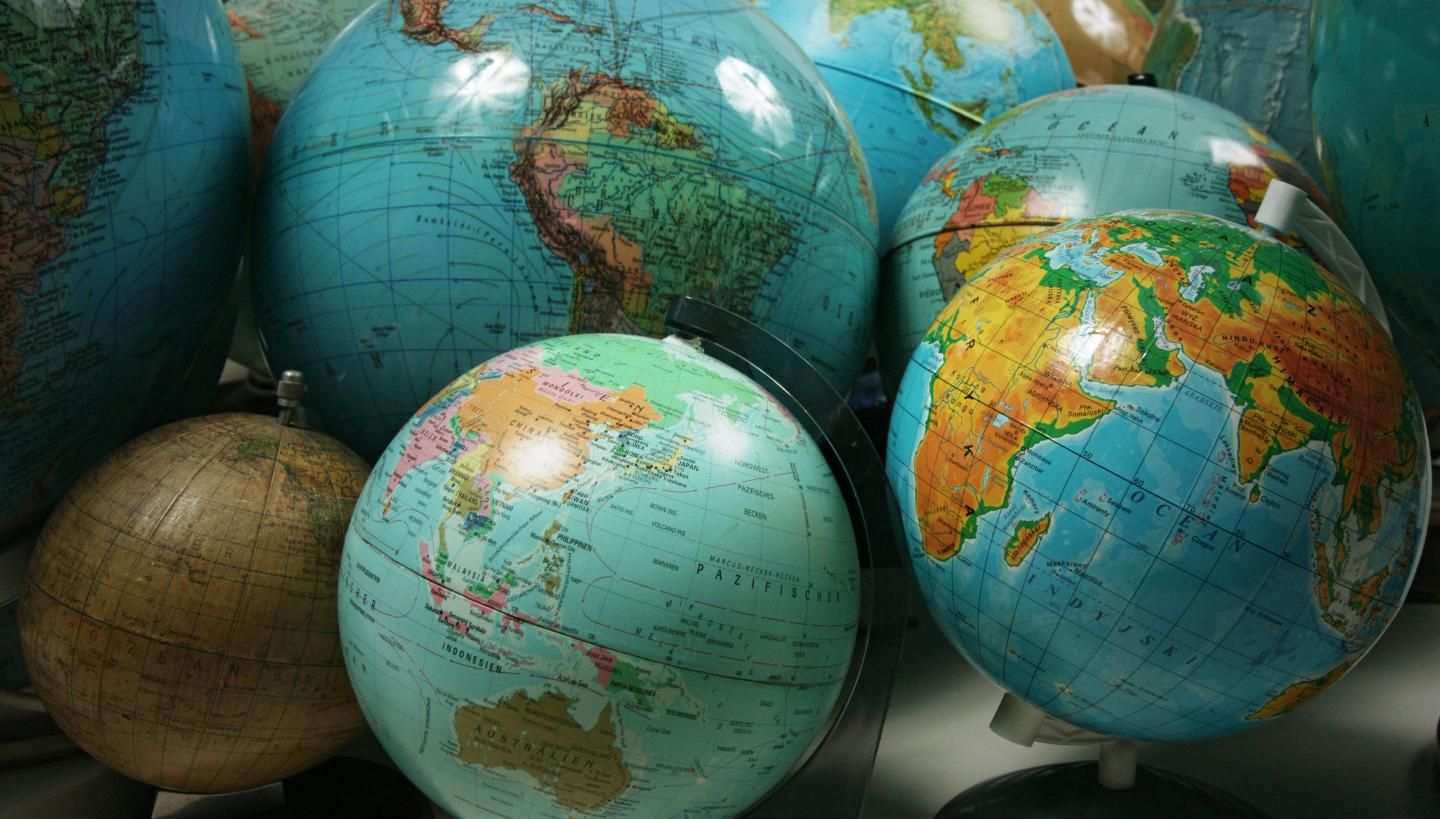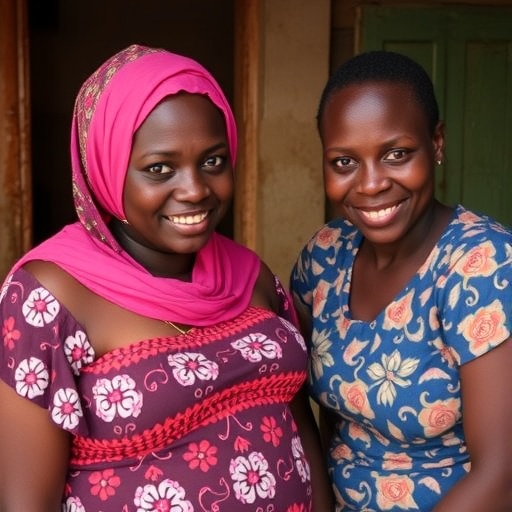
Credit: Jan-Peter Kasper/FSU
Jena (Germany) Visiting a museum usually means looking at objects. Taking exhibits from their display cases, holding them, illuminating and examining them from all sides – this is normally strictly forbidden, especially if they are unique and historically valuable cultural treasures. Even researchers rarely have the chance actually to handle such objects. "And if they do, it is usually after a long wait, at a specific place and only for a limited time," says science historian Dr Andreas Christoph of Friedrich Schiller University Jena (FSU) in Germany. This means that many research questions cannot be properly answered, or cannot be addressed at all.
New form of documentation for cultural assets
This situation will soon change, however, according to Dr Christoph of FSU's Ernst Haeckel House. In a research project launched at the start of this year, Christoph, together with IT specialists, physicists, culture and museum experts, aims to establish a new form of documentation. The project, 'Digital Culture and Collection Management in 3D', will be supported over the next three years with funding totalling almost one million euros from the European Fund for Regional Development (EFRD), the Free State of Thuringia and Friedrich Schiller University Jena. In addition to FSU institutes, the project involves the Thuringian University and State Library, Jena (ThULB), the Fraunhofer Institute for Applied Optics and Precision Engineering (IOF), the Fraunhofer Institute for Computer Graphics Research (IGD), the Thuringian Museums Association and further partner institutions.
"Our goal is to create 3D representations of cultural objects from museums and collections that are as realistic as possible," says project leader Christoph. This includes not only the shape, but above all the colour of the objects. To achieve this, over the next few months Christoph and his collaborators want to put into operation a mobile 3D scanner and a stationary 3D scanbox in order to record and visualise a wide variety of objects.
A globe from the early 16th century
In a pilot study, Andreas Christoph would like to measure historical globes. He explains: "In cultural institutions in Thuringia there are many such old terrestrial globes, some of which date back 500 years." Every object has its own story, for example one of the oldest: a globe from the early 16th century which belonged to mathematician and astronomer Johannes Schöner and which is now in the Duchess Anna Amalia Library in Weimar. This terrestrial globe of around 30 centimetres in diameter came from Wittenberg to Jena with the 'Bibliotheca Electoralis' of the University's founder, Johann Friedrich I. Some centuries later, Archduke Carl August of Sachsen-Weimar-Eisenach arranged for his minister, Johann Wolfgang von Goethe, to bring the globe to Weimar, where it has been kept to this day. It was examined by, among others, Alexander von Humboldt, when he stopped off in Weimar in December 1826.
Dr Christoph says that the main aim of his 3D project is "to make such treasures accessible to a wide public, present them in an up-do-date fashion, and make them available for scientific investigation". Creating such a 'virtual Renaissance' requires, in addition to the scanning technology, appropriate means of saving and presenting the 3D data. Developing these facilities is a further aim of the joint endeavour. Future users should be able to obtain a maximum amount of information about the cultural assets within a minimum period of time. What is more: such data can also be used to create accurate replicas of the objects through 3D printing, so that they can actually be handled.
###
Further information: http://www.ehh.uni-jena.de.
Contact:
Dr Andreas Christoph
Institute for the History of Medicine, Natural Science and Technology of Friedrich Schiller University Jena – Ernst Haeckel House
Berggasse 7, 07745 Jena, Germany
Phone: +49 (0)3641 / 949514
E-mail: [email protected]
Media Contact
Ute Schoenfelder
[email protected]
http://www.uni-jena.de
############
Story Source: Materials provided by Scienmag





